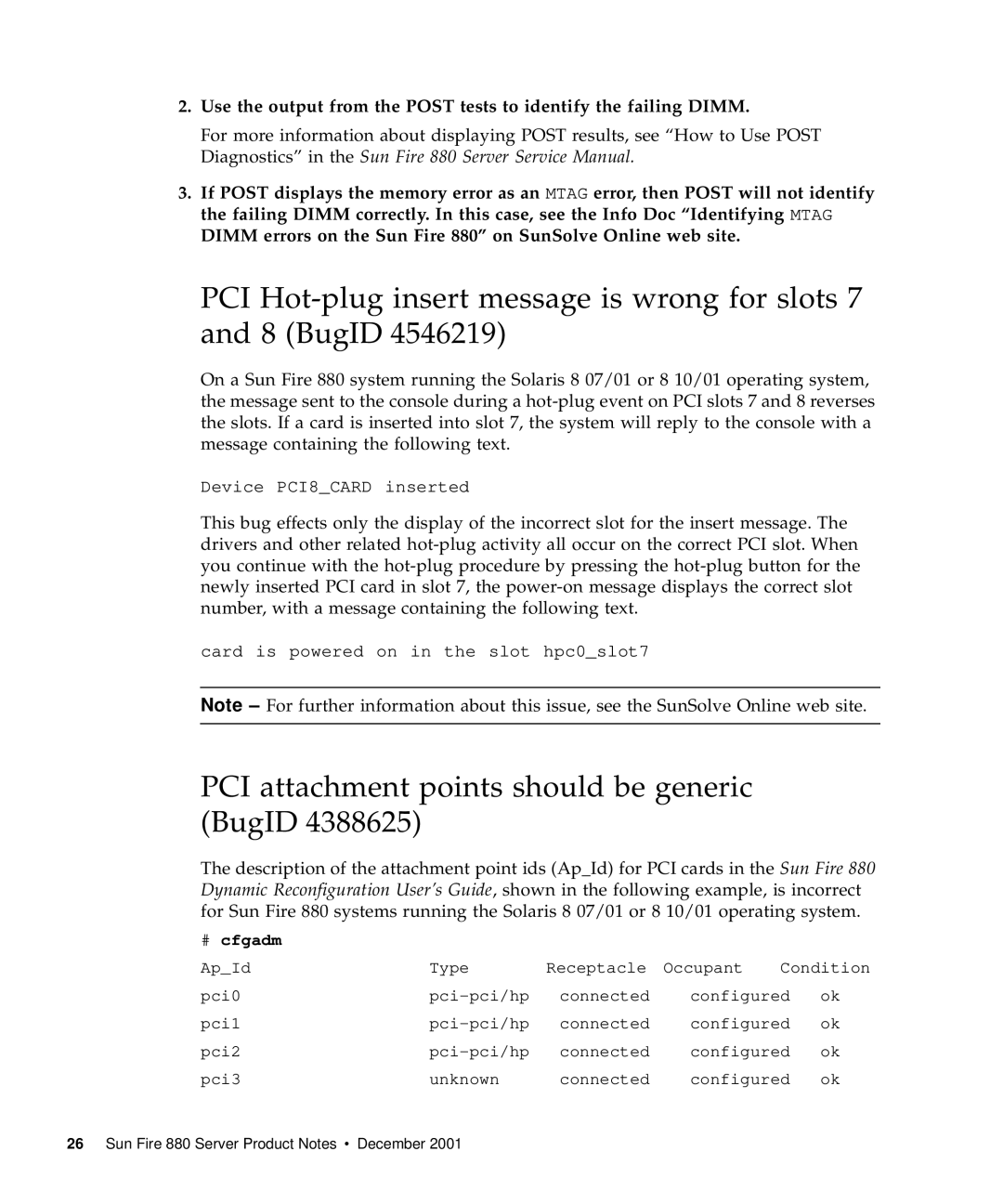880 specifications
The Sun Microsystems 880 is a prominent series of workstations and servers that played a significant role in the computing landscape during the late 1980s and early 1990s. It was known for its innovative technologies and robust performance, making it a favored choice for both developers and enterprises. The 880 series was powered by the SPARC (Scalable Processor ARChitecture) architecture developed by Sun, which provided enhanced speed and efficiency.One of the standout features of the Sun 880 was its multiprocessing capability, allowing multiple processors to work simultaneously. This capability ensured high performance for demanding tasks, making it ideal for applications in scientific research, graphics, and large databases. The architecture supported a wide range of operating systems, with SunOS being the most notable, providing a stable and powerful environment for users.
The Sun 880 also incorporated advanced memory management features, including support for virtual memory, which allowed for more effective use of system resources. Users could run multiple applications simultaneously without compromising system performance. The system architecture was designed to handle large amounts of RAM, which was essential for memory-intensive applications, further enhancing its suitability for professional use.
Another characteristic of the Sun 880 series was its modular design, which allowed for easy upgrades and maintenance. This modular approach meant that users could customize their systems according to their specific needs, whether that involved adding more memory, upgrading processors, or incorporating additional storage solutions. The high flexibility made it appealing to businesses that required tailored solutions.
In terms of connectivity, the Sun 880 featured a variety of ports and interfaces, enabling integration with various peripheral devices. This made it possible to connect printers, scanners, and other essential tools, facilitating seamless operation in office environments.
The Sun 880's impressive combination of processing power, expandability, and superior memory management made it a cornerstone in the evolution of workstations and servers during its time. As technology progressed, the Sun 880 helped pave the way for subsequent generations of computing systems, leaving a lasting legacy in the realm of high-performance computing. The architecture and design principles laid down by the Sun 880 continue to influence modern computing technologies today.
